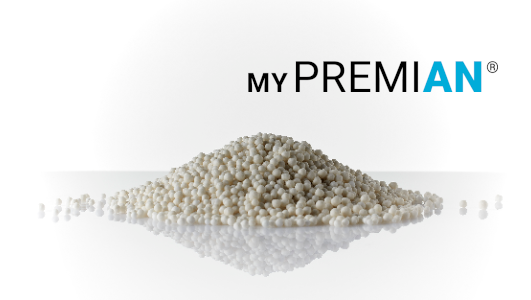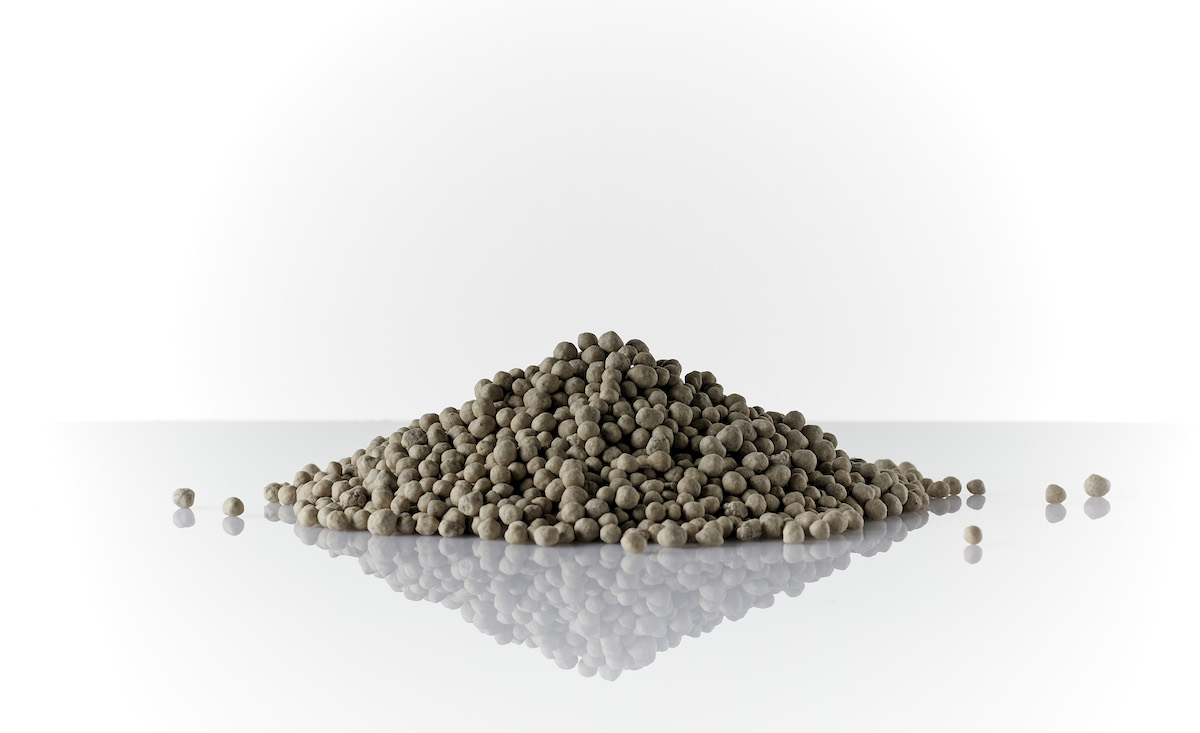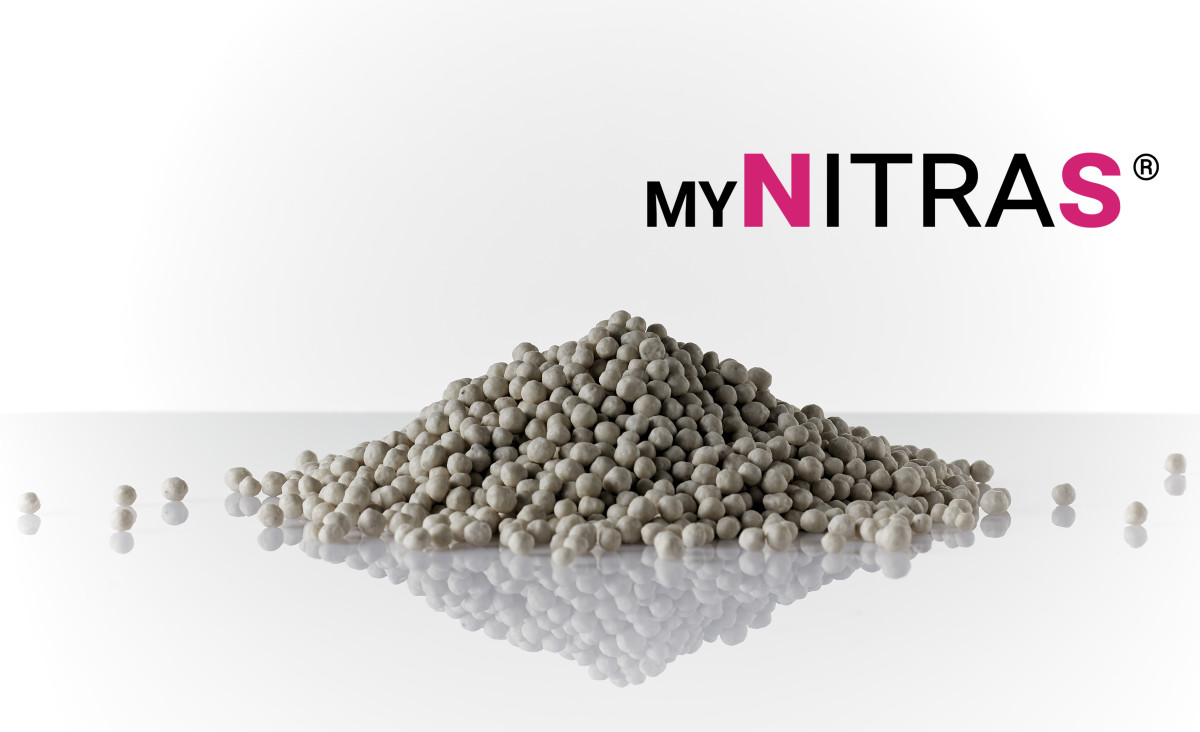Fertilize effectively
Efficient solutions for sustainable agriculture
-
Cereals
-
Oil crops
-
Root Crops and Maize
-
Grassland
-
Fruits
-
Vegetables



Granule size
2.0 to 5.0 mm > 90 % mm
Density
0.9 t/m³
Origin
Grandpuits, Grand-Quevilly, Ot

Granule size
2.0 to 5.0 mm > 90 % mm
Density
1.05 t/m³
Origin
Grand-Quevilly

Granule size
2.0 to 5.0 mm > 95 % mm
Density
1.05 t/m³
Origin
Grand-Quevilly